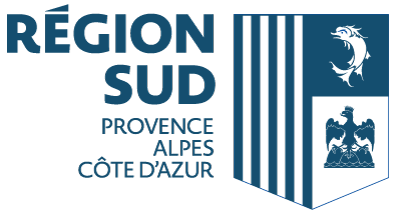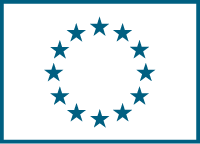The Eco-Efficiency of Regions - Case Kymenlaakso (ECOREG)
(ECOREG)
Date du début: 1 sept. 2002,
Date de fin: 31 déc. 2004
PROJET
TERMINÉ
Background
The European Community (EC) has published the Sixth Environment Action Programme 2001-2010 (1600/2002/EC) entitled âEnvironment 2010: Our Future, Our Choiceâ. The Programme seeks new and innovative instruments for meeting complex environmental challenges and sets out five approaches, emphasising the need for more effective implementation and more innovative solutions. The approaches are the following: ensuring the implementation of existing environmental legislation; integrating environmental concerns into all relevant policy areas; working closely with business and consumers to identify solutions; ensuring better and more accessible information on the environment for citizens, developing a more environmentally conscious attitude towards land use.
Eco-efficiency, combining the ecological, economic and social dimensions of development, has emerged as an important concept in environmental policy. The ECOREG project aimed to deal with this issue by demonstrating how eco-efficiency monitoring and integration of environmental, economic and socio-cultural dimensions into sustainable development can be implemented at the regional level. Kymenlaakso, a region situated in Southeast Finland was used as a case study.
Objectives
The ECOREG project was set up to contribute to the implementation of the eco-efficiency concept and the deeper integration of environmental considerations into economic and social activities within the framework of sustainable development on a regional level. To this end, it aimed to introduce and quantify indicators of regional eco-efficiency, based on reliable and up-to-date, quantified environmental, economic and social information. It was also planned to offer mechanisms for the assessment of these indicators and to encourage broad involvement of the various stakeholders. The project therefore aimed to contribute to the achievement of the goals defined by the Sixth Environment Action Programme, the Green Paper on Integrated Product Policy (COM (2001) 68) and the Integrated Pollution Prevention and Control - IPPC - Directive (96/61/EC).
Expected identifiable results were:
⢠Indicators for assessing regional eco-efficiency;
⢠Quantified indicators for Kymenlaakso for 2000;
⢠A long-term mechanism for evaluation of eco-efficiency and for action prioritisation in Kymenlaakso;
⢠A generalized mechanism for use in other regions of Finland and the EU.
Results
The project has produced an innovative tool for the monitoring of eco-efficiency on regional level, which is available at www.environment.fi/syke/ecoreg.
The innovative character of the projectâs results lies within the consideration of economic, environmental and socio-cultural indicators and criteria when analysing eco-efficiency on a regional level for the purposes of sustainable development. The approach also considers the upstream material flows and principles of Life Cycle Analysis when calculating the environmental burden of economic activities in the region.
The use of the project's results, including the possibility of monitoring, assessing and predicting the development trends of a regionâs economic, environmental and socio-cultural indicators and their interdependence, feeds into strategic planning and policy-making for the purposes of sustainable development, addressing the concerns of Agenda 21, regional support to economic activities, environmental prioritisation and socio-cultural concerns.
The projectâs results have already been included in the Regional Plan for Kymenlaakso.
The identification of the indicators and the work process for the development and adoption of the generic mechanism for evaluating eco-efficiency of the region brought together regional stakeholders from different industrial, cultural and administrative sectors. This kind of cooperation has strongly promoted and underpinned further, more efficient cooperation between stakeholders for shared goals for sustainable development.
The universal characteristics of the project make the results transferrable to both larger and smaller administrative/geographical areas as well as to industry or company level in the framework of environmental management systems.
In terms of the transfer of the project's results, the nature of production and consumption within a region has to be evaluated. One of the constraints to be considered in transferring the results is the availability of relevant economic, environmental and socio-cultural data. In some cases, calculation principles have to be applied to state-level data.
On an international level, the project has provided new know-how and developed the evaluation methods of different dimensions (ecological, economic and social) of sustainable development.
Feeding the results and conclusions of monitoring the eco-efficiency of a region into policy-making and strategic planning leads to more effective consideration of environmental concerns in support of economic and social development. This would include more environmentally friendly and sustainable conditions for the development and prioritisation of economic activities, thus resulting in increases in the economic competitiveness of a region.
The ECOREG project effectively utilised
⢠the physical and intellectual resources of the partners;
⢠the contribution of the key actors in the Kymenlaakso region,
⢠the available statistical and research data, as well as the newest methodologies for creating value for money.
The project's results address the priorities of the EU 6th Environment Action Plan, the Green Paper on Integrated Product Policy. The results can be used for the further implementation of the IPPC Directive and EMAS.
This project has been selected as one of the 21 "Best" LIFE Environment projects in 2005-2006




